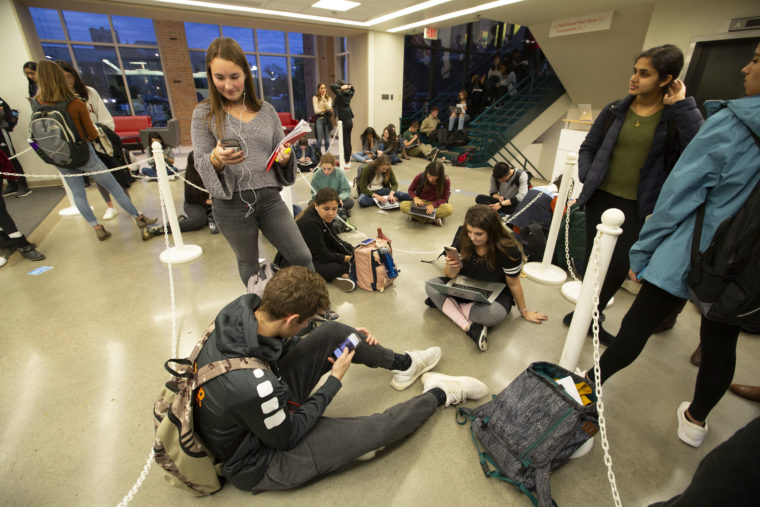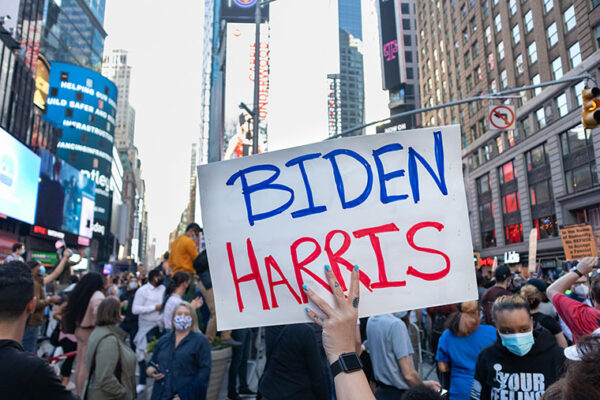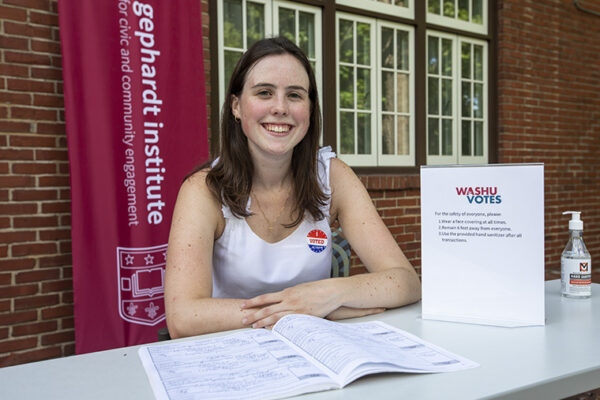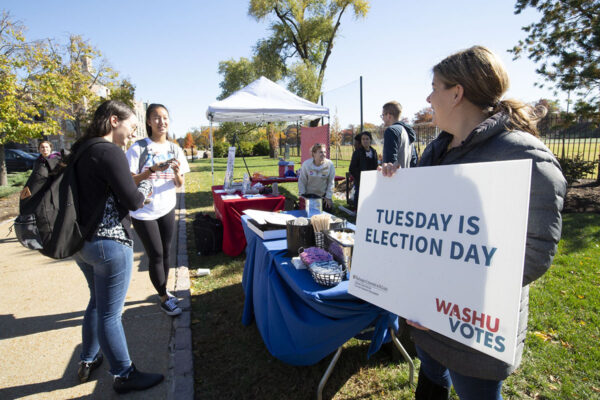Voter turnout among Washington University in St. Louis students leaped to 41.8% in the 2018 midterm elections, more than double the 2014 midterm voting rate of 15.9%, according to a national study of campus voting rates by Tufts University’s Institute for Democracy & Higher Education.
Nationwide, the average campus voting rate was 39.1%, double the 2014 rate. The study is based on the voting records of more than 10 million students at more than 1,000 colleges and universities in all 50 states and the District of Columbia.
The university went from trailing the national average to surpassing it because of its dual commitment to both registration and turnout, said Stephanie Kurtzman, the Peter G. Sortino Director of the Gephardt Institute for Civic and Community Engagement.
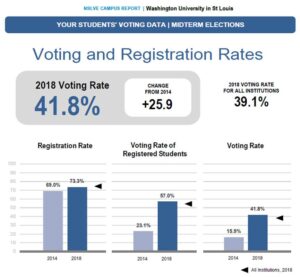
“We didn’t stop at registering students,” Kurtzman said. “We also put a lot of energy into making sure voters were informed, educated and prepared for Election Day. That meant making sure voters knew the location of their polling place, that they understood the absentee voting procedures and deadlines in their home state and that they had a plan for voting on Election Day.”
Other efforts included the establishment in 2016 of a single polling place at the Athletic Complex for students living on campus; registration drives at every graduate and professional school; policy panels that featured an ideologically diverse array of experts; and Election Day festivities and watch parties.
“There was a high level of energy on campus on Election Day,” Kurtzman said. “That is, of course, a reflection of the historic nature of the 2018 elections. We have also worked hard to create a culture of civic engagement that extends beyond Election Day.”
The study also broke down voting rates by course of study. Washington University students in all academic categories, as defined by the study, turned out at higher rates than in 2014. The disciplines with the highest turnout rates were public administration and social service professions (51.3%); education (47.2%); history (44.1%); English language and literature (43.4%); and area, ethnic, cultural, gender and group studies (42.9%).
Despite gains, college students still vote at lower rates than the general population. According to the U.S. census, 53% of the voting-age population voted in 2018. Kurtzman hopes to continue increasing voter turnout and engagement through the institute’s Engage Democracy initiative, which aims to educate the campus community about the processes and civic skills needed to participate in a thriving democracy.
“Yes, more students are voting, but what about the rest of students?” Kurtzman asked. “We want to increase our 2020 voting rates beyond our successful rates in 2018 and 2016, and we also aim to give students the tools to continue as engaged citizens well beyond Election Day.”
